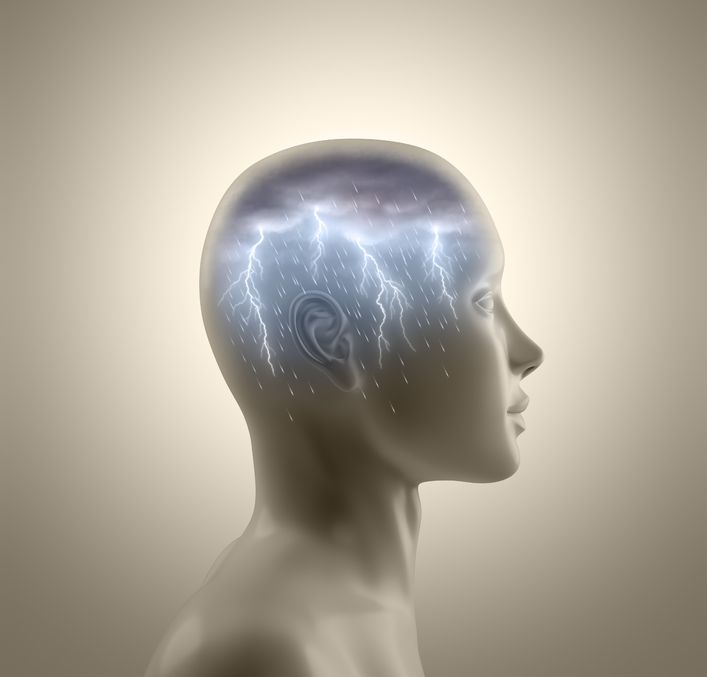
Should this latest discovery be proven accurate and true, it could lead to better treatments and medical procedures. Image INQUIRER.net Stock Photo
Consciousness is a difficult topic in the scientific world. Up until now, science has yet to pinpoint where exactly in the human body it resides. However, a team from Harvard University claims it may have found the answer.
The traditional definition of consciousness is divided into two criteria: arousal and awareness. Arousal has been traced to the brainstem, which handles basic functions such as regulating the sleep/wake cycle and breathing, reports Engadget.
Awareness, on the other hand, was far more difficult to track down and pinpoint, but it appears that it also resides in the brainstem.
The Harvard team that made this discovery had studied and examined 36 patients with similar brainstem lesions and of whom 12 were in a comatose state. The study’s goal was to determine why the 24 patients retained consciousness while the other 12 were in coma. With this in mind, the team examined a specific region called the rostral dorsolateral pontine tegmentum. It found that 10 out of the 12 comatose patients had suffered damage to this area. Only one of the conscious patients had similar damage.
With these discoveries laid out, it has high possibility that the scientists have discovered the seat of human consciousness. The Harvard team also examined the connectome–a map of the brain’s various regional connections–of a healthy patient. It discovered a pair of regions in the forntal cortex, connected directly to the rostral dorsolateral pontine tegmentum. These were on the ventral anterior insula and on the pregenual anterior cingulate cortex. An fMRI survey obtained separately from 45 healthy patients confirmed the existence of this neural pathway.
This discovery still needs to be peer-reviewed, as well as tested against a larger population before being accepted. If fully accepted by the scientific community, it could lead to the development of better medical practices and treatments for comatose individuals. Alfred Bayle


